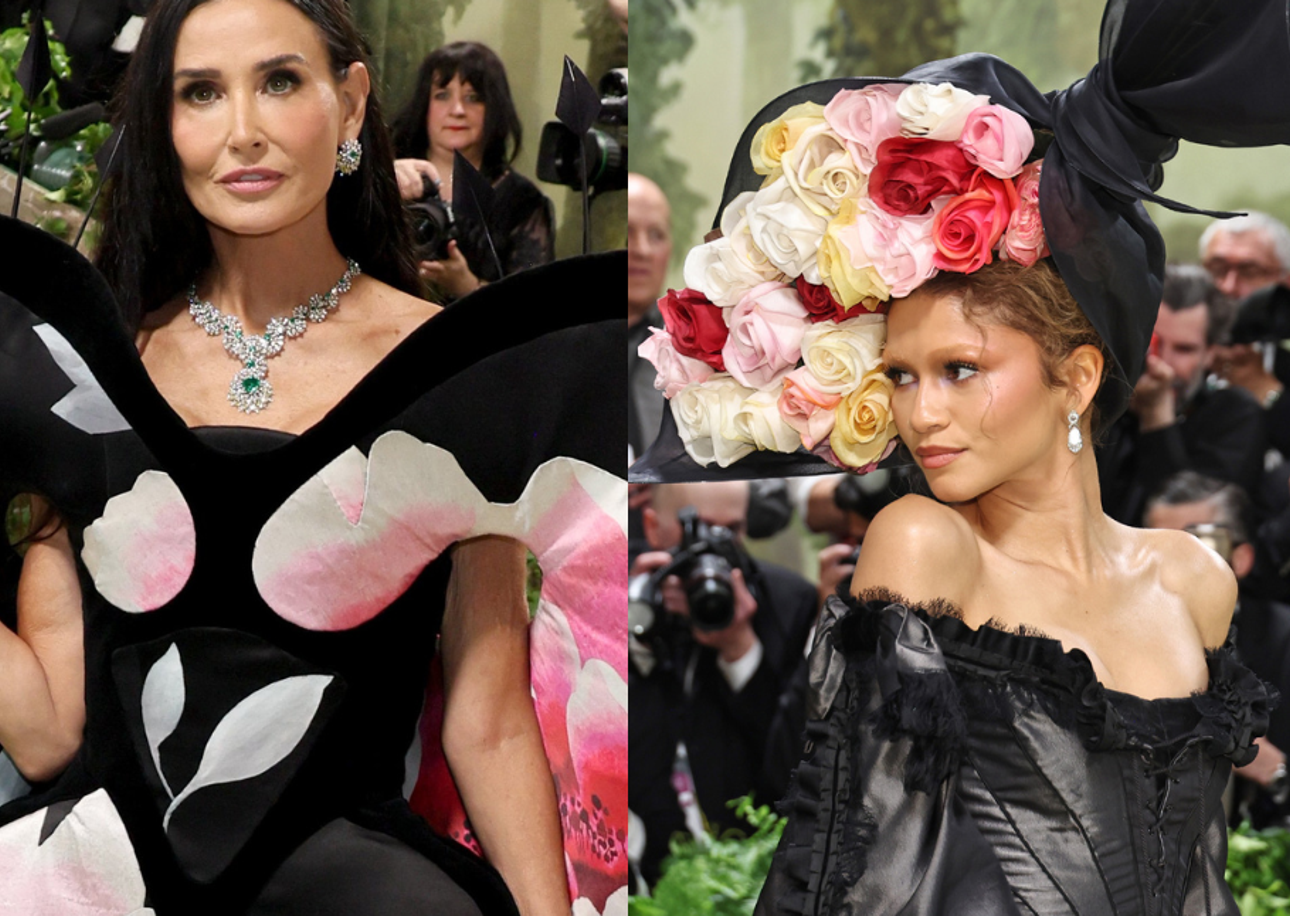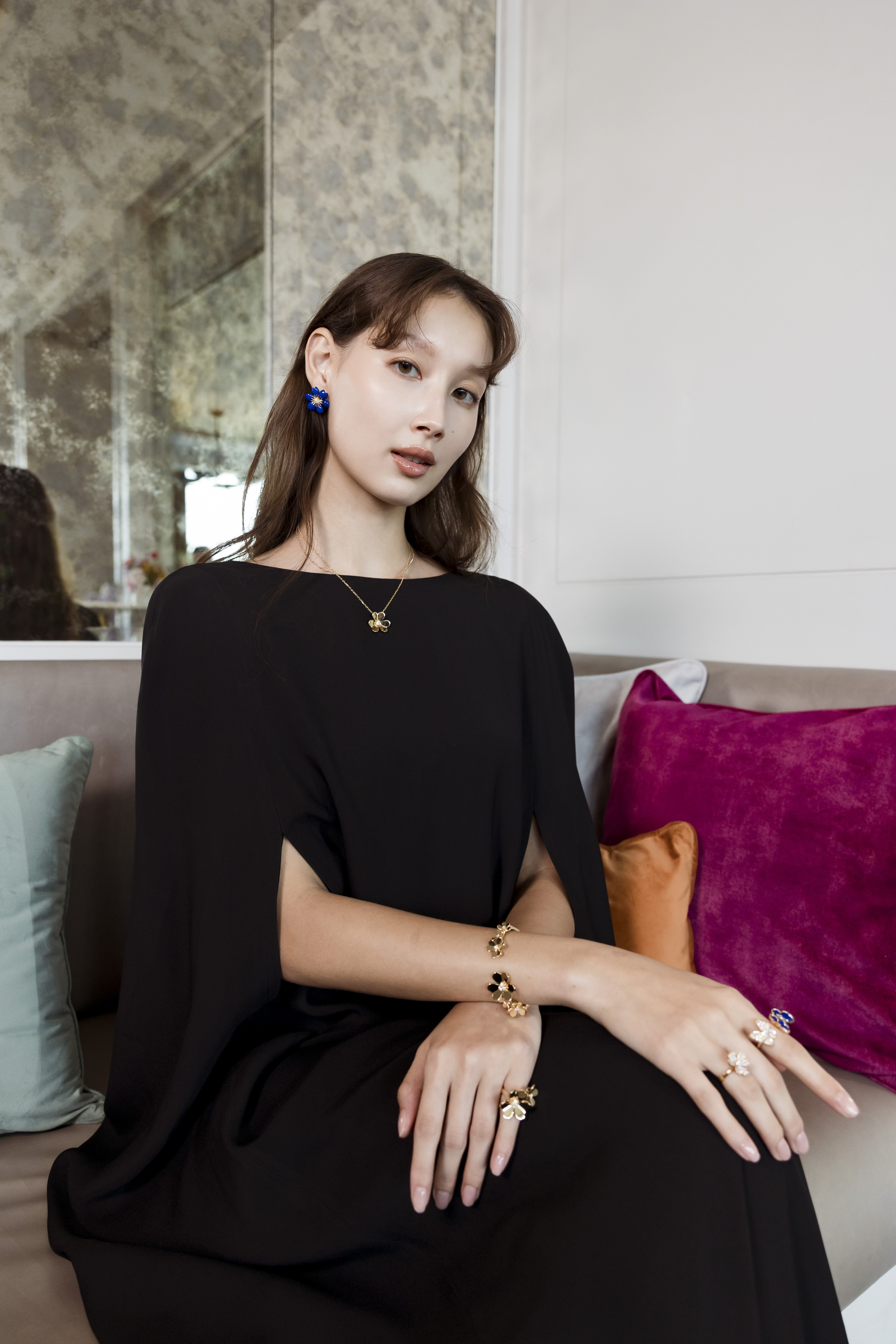The Red Envelope: Billkin and PP Krit’s Take on a Love Story Beyond the Grave
In a cinematic landscape saturated with remakes, reboots and sequels, you might ...

Jewellery has been important in Europe for many millennia. When the Roman Empire expanded, the Romans gained access to pearls and other materials from the peoples they conquered. After Pompey the Great’s military campaigns in Asia Minor and Armenia in 66-63 B.C.E, his procession included 33 crowns encrusted with pearls, a pearl-decorated shrine, and a portrait of himself made entirely of pearls.
During the Middle Ages, carved Greek and Roman stones were highly valued. Stones were excavated and traded across Europe, and people carved designs into them. Stones with scorpion etchings, for example, were considered protective amulets.
Certain jewels held meaning in European Christian beliefs during this period, with pearls symbolising purity and red gems representing the blood of Christ.
In modern times, European jewellery brands have grown to be loved worldwide. In mid-19th century Europe, Paris became the birthplace of many jewellery brands and Rome too as a hub for high quality brands.
This is a brief summary of the history of some of these brands and how they became world-renowned.
In 1847, jeweller Louis-Francois Cartier took over his employer’s workshop in Paris, founding Maison Cartier. In 1856, Princess Mathilde, a cousin of Emperor Napoleon III, bought a Cartier creation, bringing the Maison into Parisian high society and the international elite of the time.
In 1899, Louis Cartier, Louis-Francois’s grandson, opened a boutique in Paris where he introduced the Garland style, which combined neoclassical inspiration with the pioneering use of platinum. In 1900, the company created a new category of jewellery that united abstract shapes and unique colour combinations, laying the foundation for Art Deco at the Maison.
The Cartier family opened a boutique in London in 1902 and one in New York in 1909. Cartier received its first royal certificate from the court of King Edward VII in 1904 and became the official purveyor of royal courts in Spain, Siam, Russia, and others.
In 1858, Frederic Boucheron opened his first store, the Galerie de Valois boutique, in Paris. In 1879, he developed the Question Mark necklace, which has no clasp and therefore allows the wearer to put it on without assistance. This necklace came to be seen as a symbol of women’s freedom and won the Grand Prix award for jewellery at the World Fair in Paris.
In 1893, Boucheron became the first jeweller to open a boutique at Place Vendôme. That year, he also opened a store in Moscow, which would move to Saint Petersburg in 1911.
In 1903, Boucheron opened in London and an office in New York City. Stores were later opened in Japan in 1973, Shanghai and Dubai in 2005, and Hong Kong and Kuala Lumpur in 2006.
Van Cleef & Arpels was founded in Paris in 1906 by husband and wife Alfred Van Cleef and Estelle Arpels. Arpels was the daughter of a precious stones dealer, and Van Cleef was the son of a lapidary. That year, the two opened the Maison of Van Cleef & Arpels.
In 1923, the year after the tomb of Tutankhamun was discovered, the company drew inspiration for its motifs from Egyptian culture, as well as Japanese, Chinese, and Indian styles.
In 1925, Van Cleef & Arpels was awarded the Grand Prize at the Exposition Internationale des Arts Décoratifs et Industriels Modernes in Paris for its Roses bracelet, featuring rubies, emeralds, and diamonds.
In 1939, when Princess Fawzia of Egypt married future Iranian Shah Mohammad Reza Pahlavi, Van Cleef & Arpels created jewellery to be worn by the bride and her mother, Queen Nazli of Egypt.
In 1942, a boutique opened in New York City, and Van Cleef & Arpels’s fame continued to spread throughout the world.

Photo courtesy of Frivole jewellery collection.
Bulgari was founded in Rome in 1844 by Greek silversmith Sotirio Bulgari. His silver ornaments were loved by English tourists. Sotirio’s sons Giorgio and Costantino joined him in the business, suggesting that they focus on high jewellery to grow.
In the 1920s, Bulgari still reflected traditional French styles, featuring platinum and diamonds with geometric and stylised Art Deco design. But in the 1940s, an Italian style started to emerge, with yellow and gold colours and sinuous coils.
With Italy’s economy flourishing in the 1950s and 60s, Bulgari’s store at Via Condotti became popular with movie stars and socialites. After gaining this success in Italy, Bulgari expanded to Europe and the US in the 1970s.
In a cinematic landscape saturated with remakes, reboots and sequels, you might ...
These top 5 barber shops in Bangkok are where gentlemen can elevate ...
While traditional TV shows are serving us endless boy-meets-girl tales. Thailand has ...
Must-have gadgets for kids in the Y2K are, predictably, making a comeback ...
Stay ahead of the curve with these three must-visit new restaurants in ...
See how Kim Steppé’s early passions, family values and entrepreneurial spirit continue ...
Wee use cookies to deliver your best experience on our website. By using our website, you consent to our cookies in accordance with our cookies policy and privacy policy